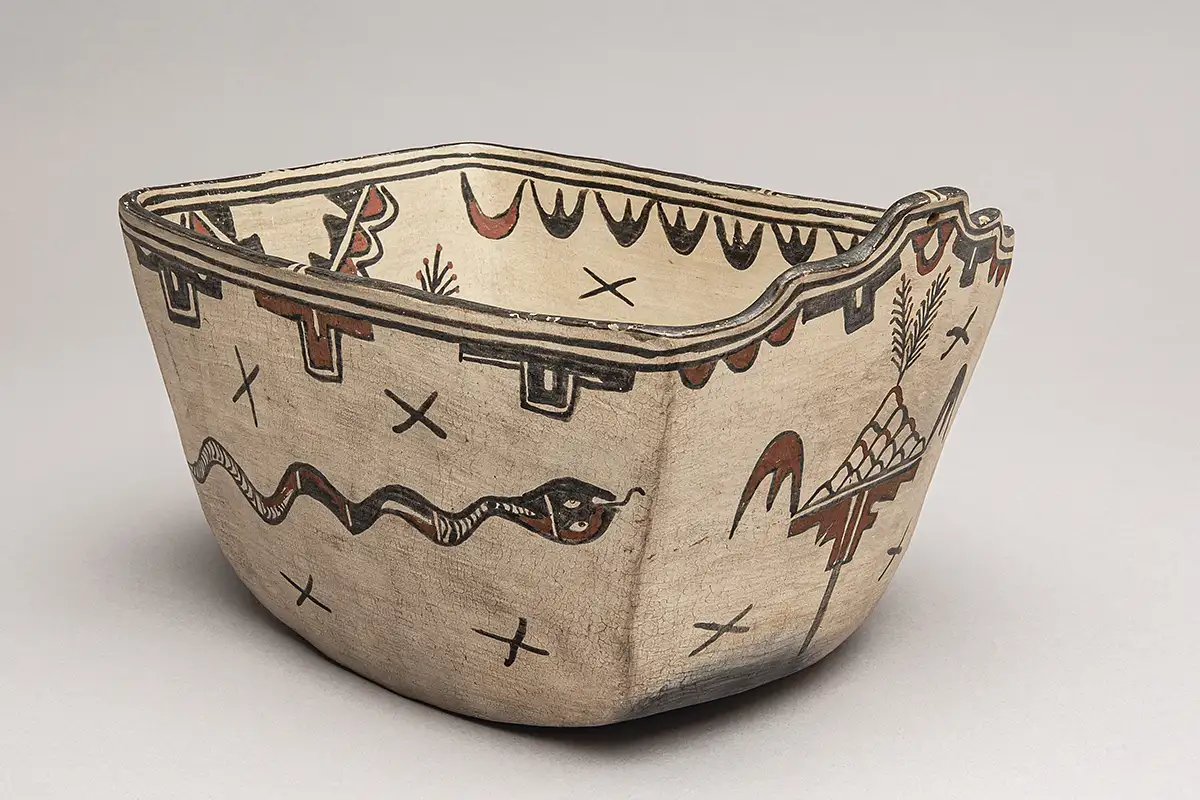
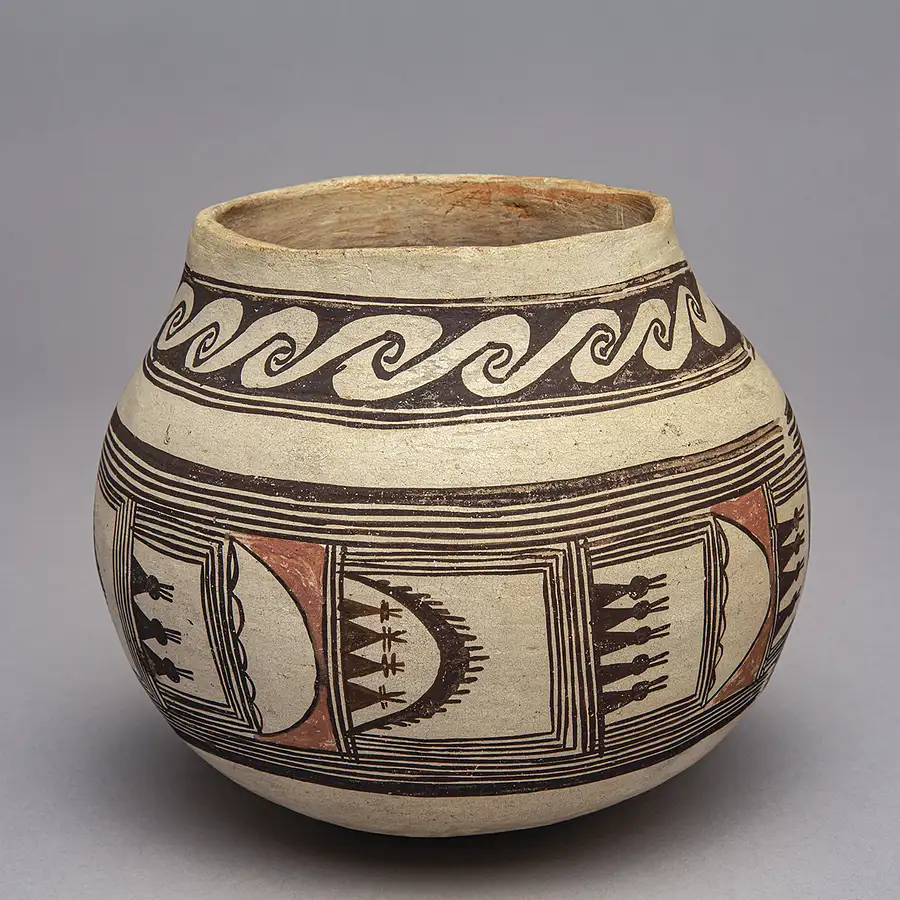
Date of production: Around 1890–95
Acquisition: In 1895 from Abraham Spiegelberg, Santa Fé
Acquisition by the museum: donated in 1902 by Aby Warburg
Probably from San Ildefonso, New Mexico, USA
Painted clay
undocumented
Ø 31.2 cm, H 31 cm
B 6098
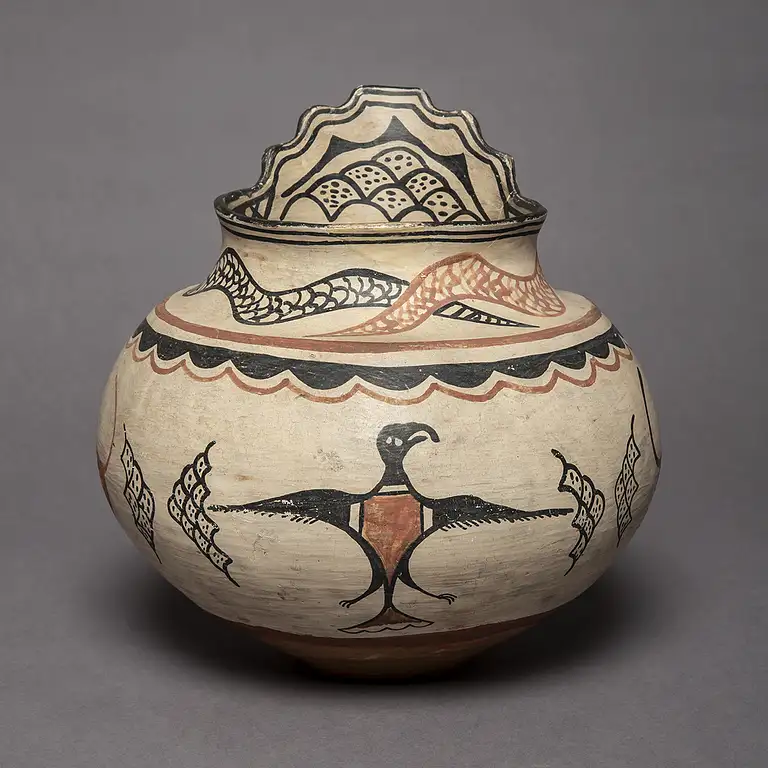


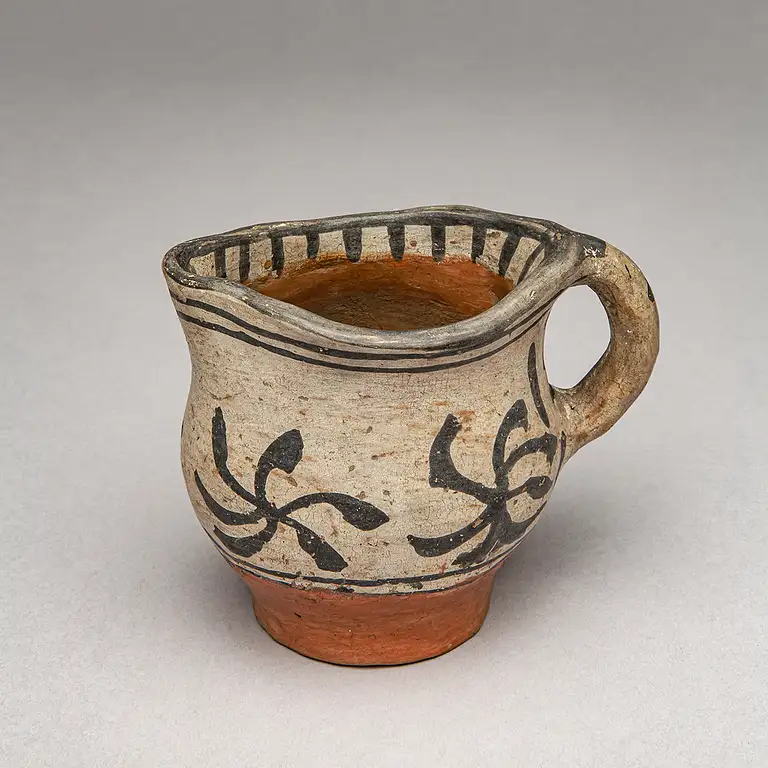
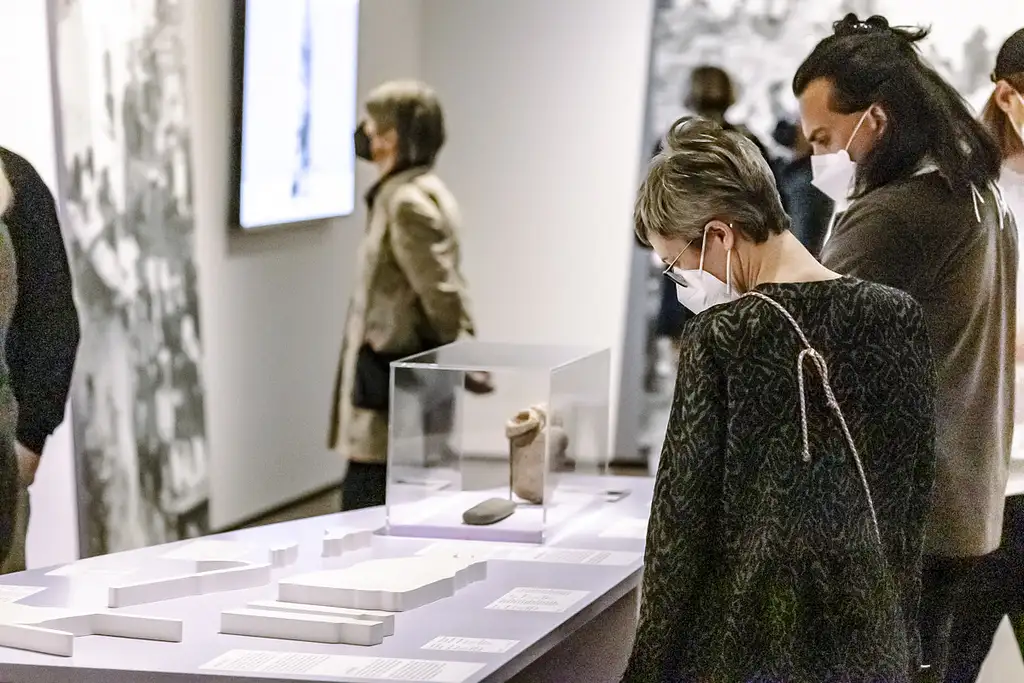
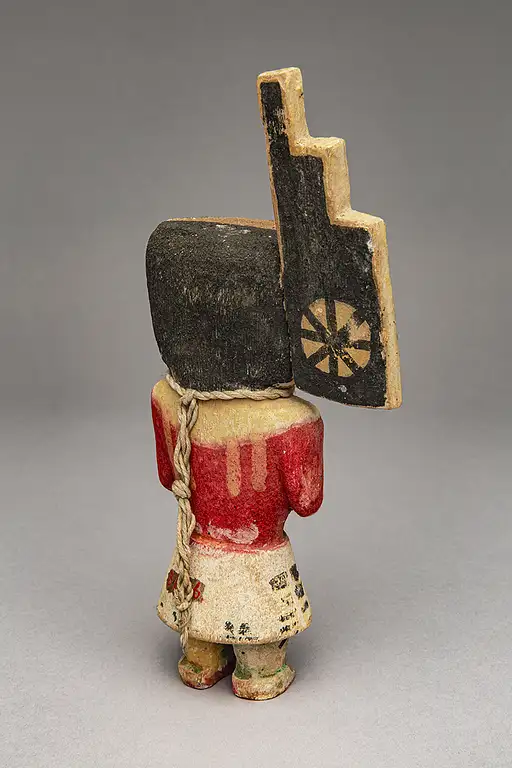
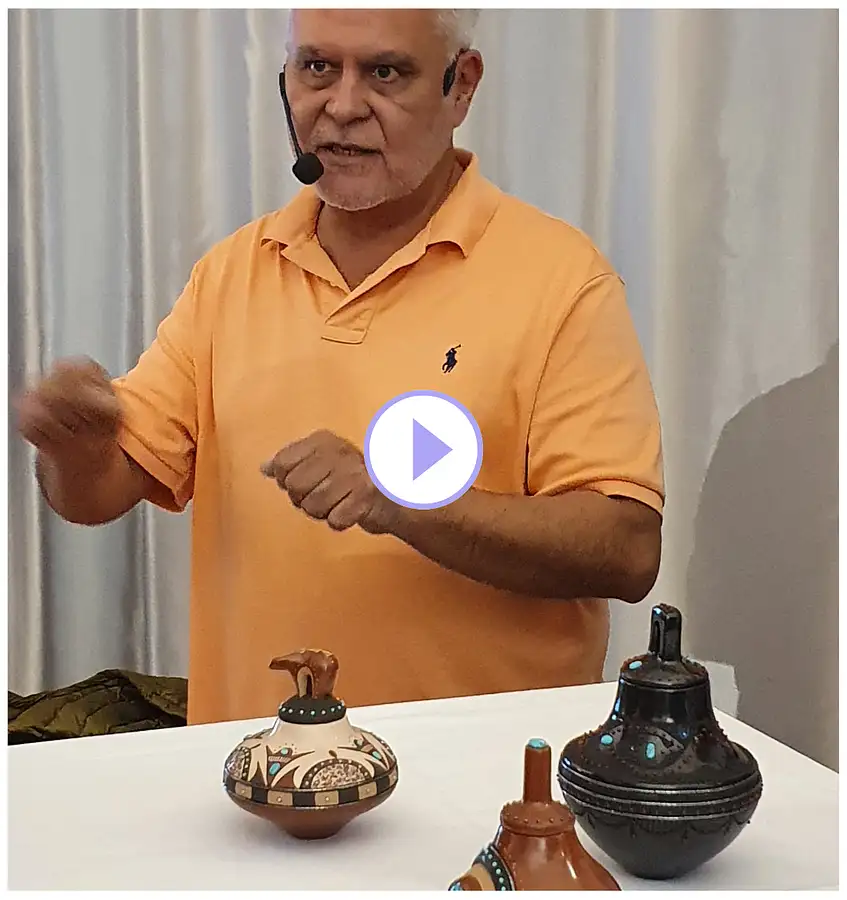
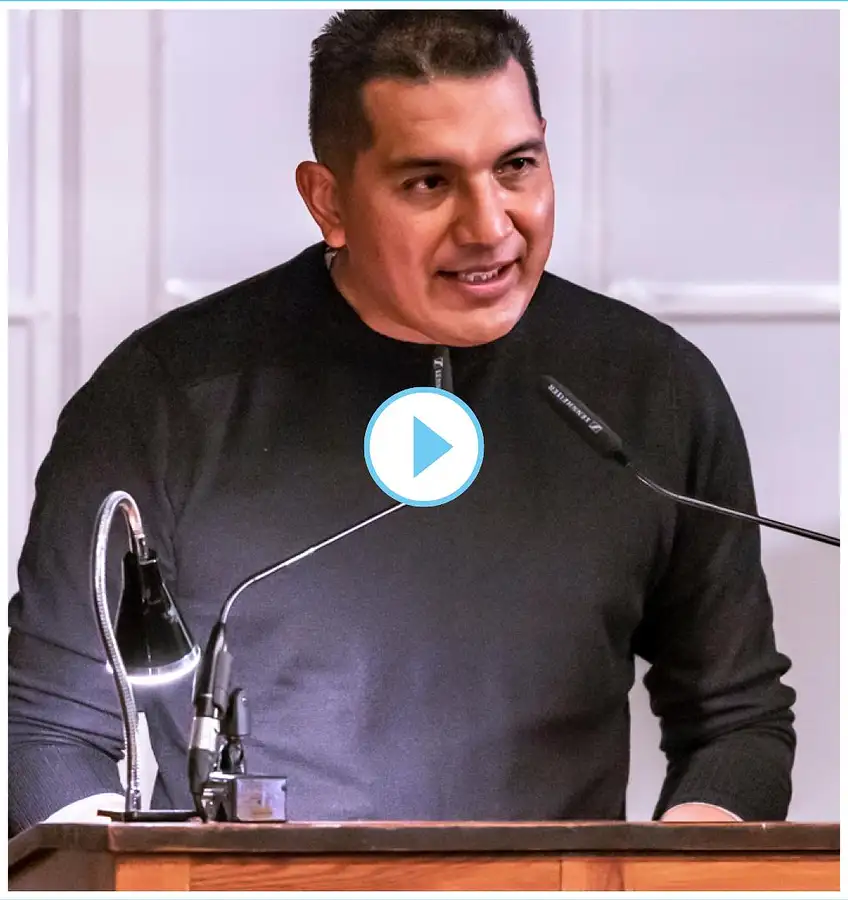
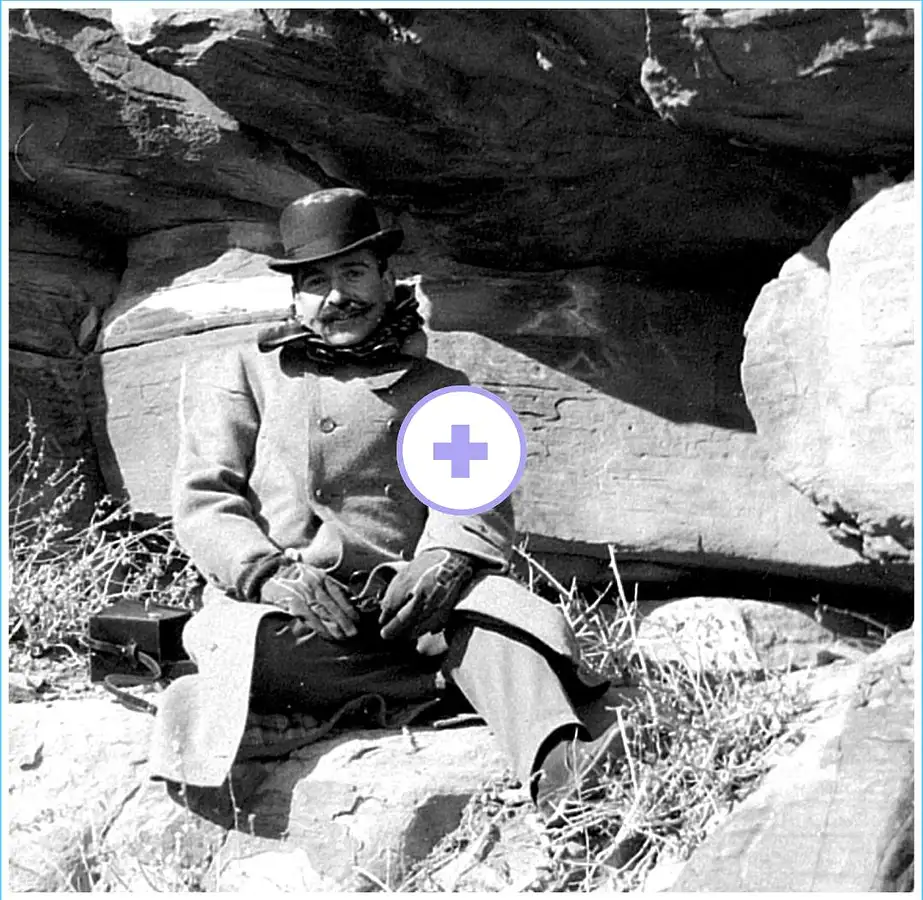
Would you like to submit a comment or other contribution regarding this story?
You can write to us and/or upload pictures, films or sound files. Here´s the form, just click on the button below and be part of tell me!
tell me